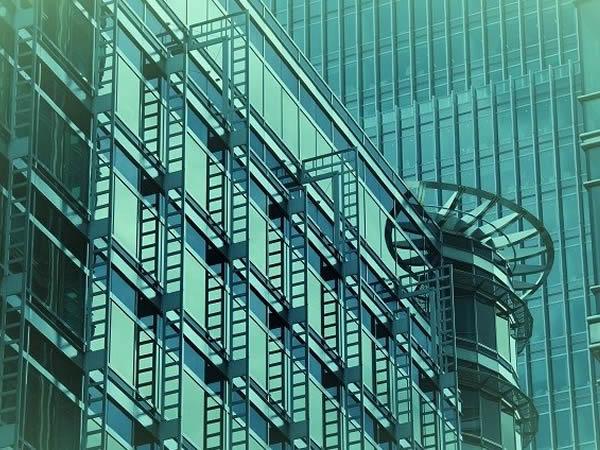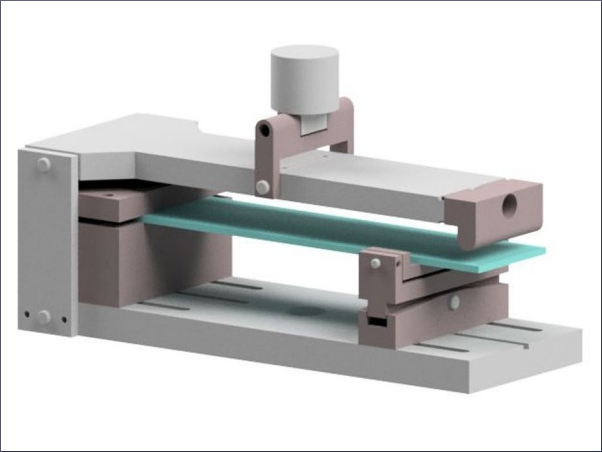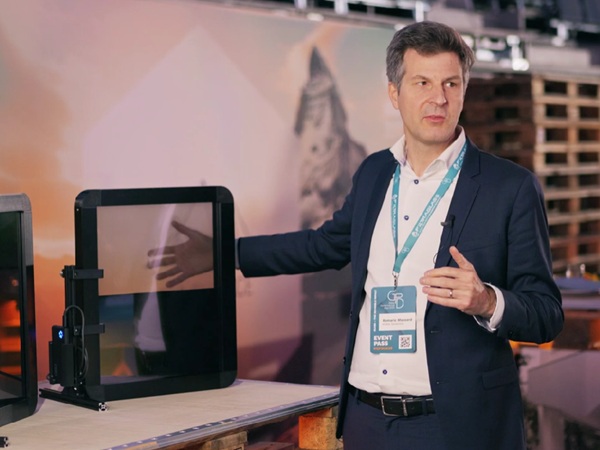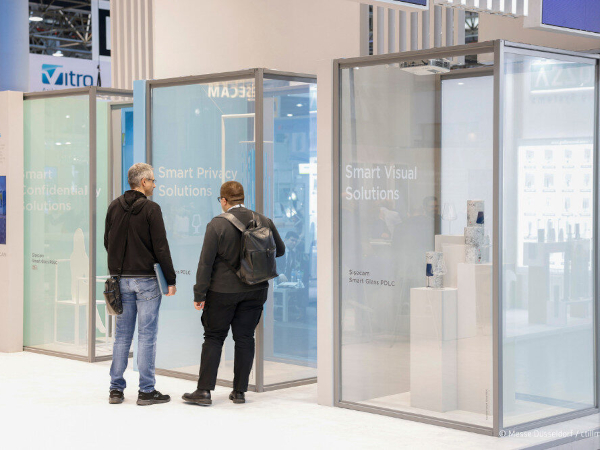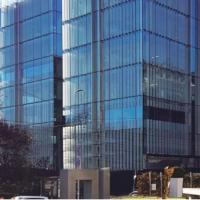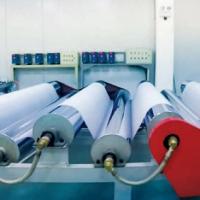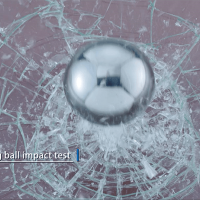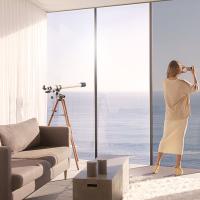Our Switchglass™ standard panel is made up of two panes of glass bonded together with a PDLC film interlayer. The following glass types are used in its manufacture and can be either heat soaked, tempered, polished or ground.
Standard Float Glass
This may be clear or coloured glass. The term “float” refers to both a type of glass and to the process by which it is made – literally floating the molten glass on a bath of liquid tin to produce a perfectly flat surface on both sides.
Toughened Glass
Also known as tempered glass, this safety glass is processed by controlled thermal treatment to increase its strength compared to that of normal glass. It must be cut to size and shape before the tempering process.
Starfire Glass (Low Iron Glass)
This glass is ideal for architects looking for better glass clarity. The glass can also be tempered.
Low-E Glass (Low Emissivity Glass)
This glass has an optically transparent metallic coating and works towards providing more sustainable, energy efficiency in buildings. It is frequently used in combination with solar-tint glass in double glazed units for energy-saving effects. Low-e glass is ideal for rooms and buildings with multiple external windows and glass doors exposed to heat or cold.
Tinted Glass
A solar-tint grey mist coloured glass is favoured by customers who use it for its shading and UV blockage properties. Coloured tinted glass is more commonly used to impart some colour to windows or doors, but it does have the ability to help reduce UV rays.
There is an incremental increase in the cost of Switchglass™ panels as we move away from the basic 4mm thick float glass construction to other glass types, but we do not differentiate in cost between 4, 5 or 6mm standard float glass.

